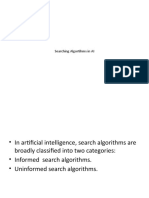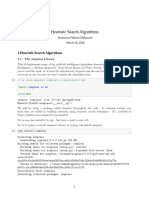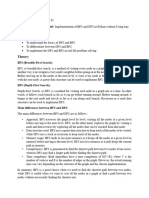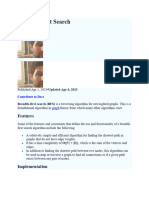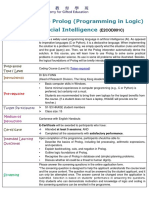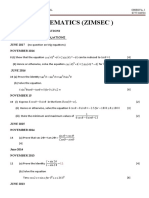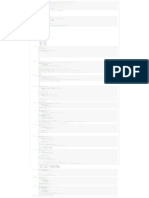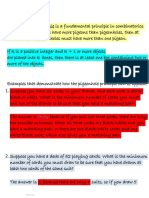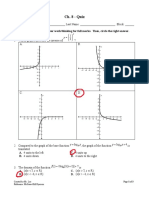0% found this document useful (0 votes)
31 views20 pagesBFS DFS
This document provides a comprehensive guide on graph algorithms in Python, covering fundamental concepts such as graph representation, traversal techniques (BFS and DFS), and advanced algorithms like Dijkstra's, A*, Kruskal's, and Prim's. It explains how to implement these algorithms using Python code and includes practical examples for better understanding. The document serves as a resource for learning how to utilize graph algorithms for various applications, including route finding and network analysis.
Uploaded by
Yassir EltomCopyright
© © All Rights Reserved
We take content rights seriously. If you suspect this is your content, claim it here.
Available Formats
Download as DOCX, PDF, TXT or read online on Scribd
0% found this document useful (0 votes)
31 views20 pagesBFS DFS
This document provides a comprehensive guide on graph algorithms in Python, covering fundamental concepts such as graph representation, traversal techniques (BFS and DFS), and advanced algorithms like Dijkstra's, A*, Kruskal's, and Prim's. It explains how to implement these algorithms using Python code and includes practical examples for better understanding. The document serves as a resource for learning how to utilize graph algorithms for various applications, including route finding and network analysis.
Uploaded by
Yassir EltomCopyright
© © All Rights Reserved
We take content rights seriously. If you suspect this is your content, claim it here.
Available Formats
Download as DOCX, PDF, TXT or read online on Scribd
/ 20











